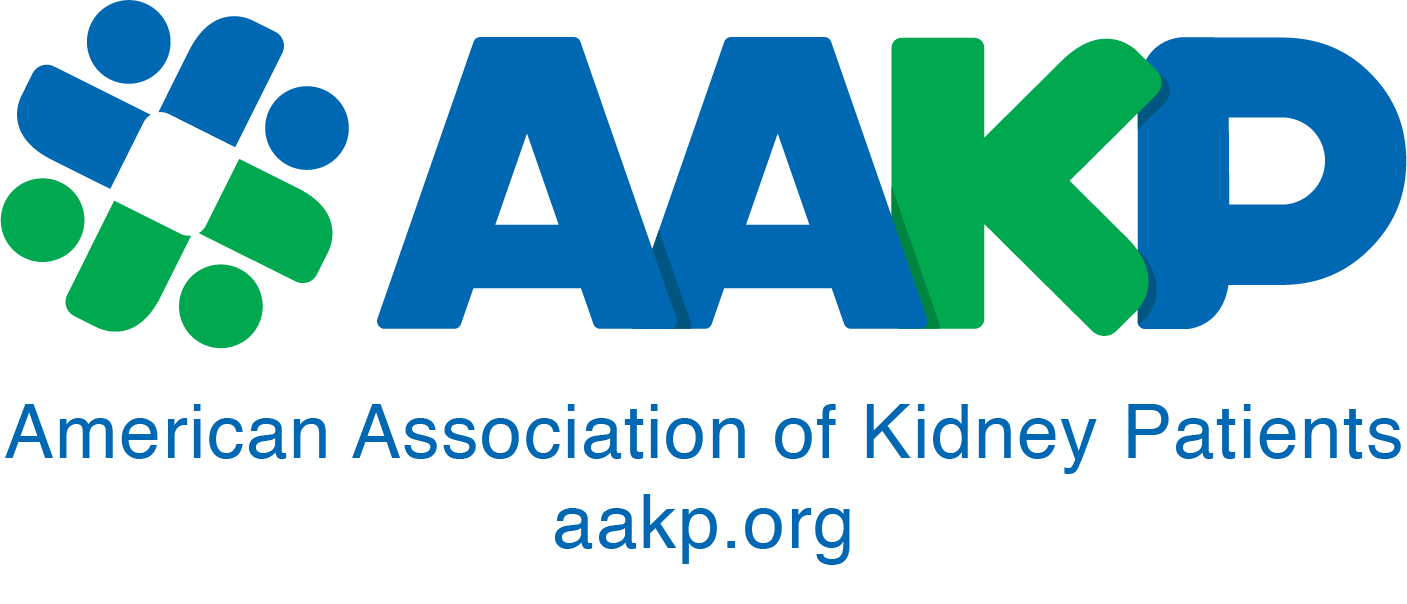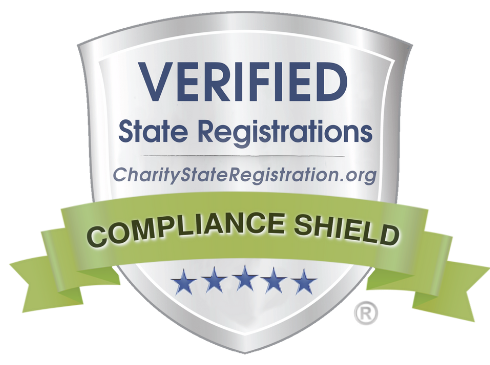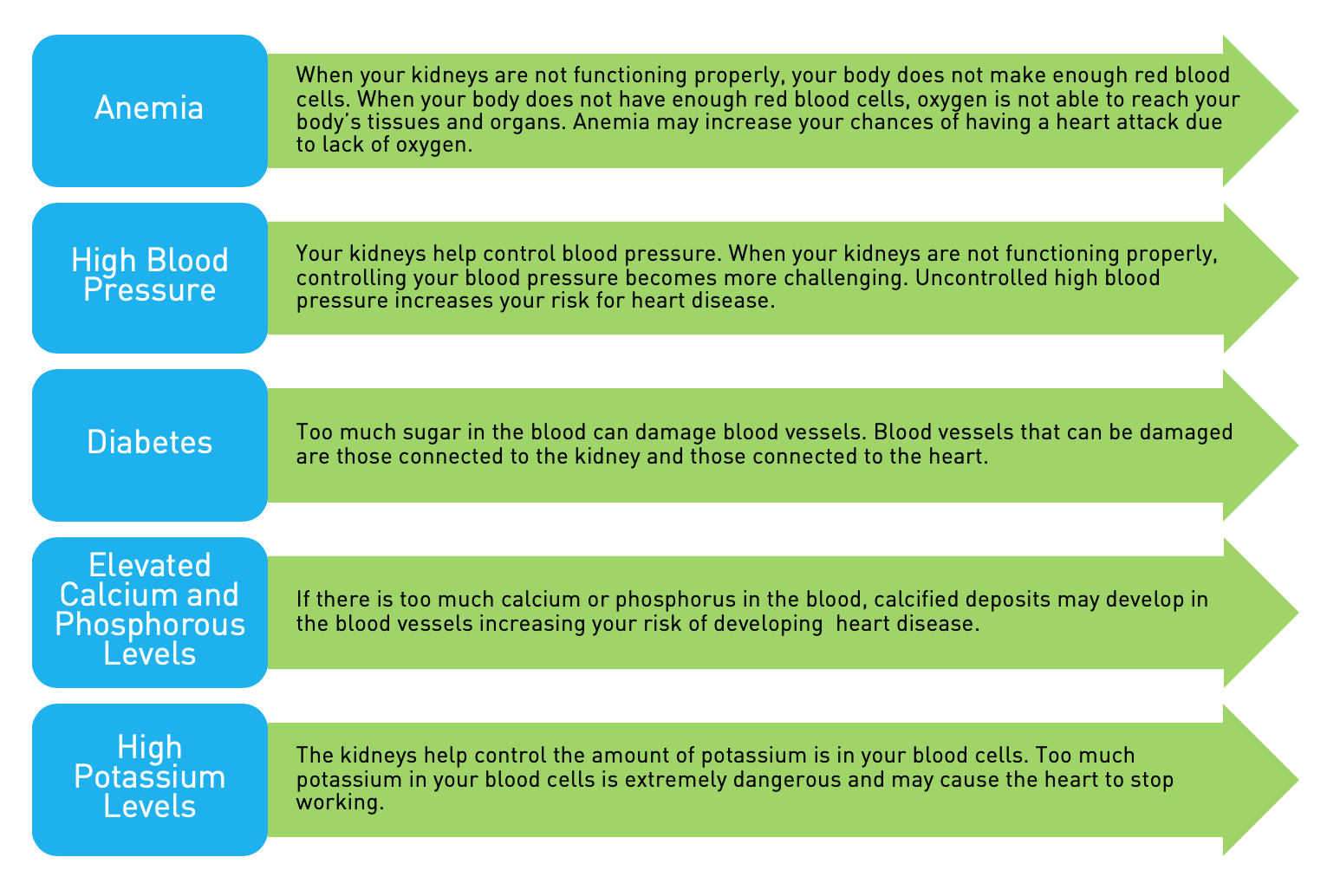The average person gains approximately five to seven pounds between Thanksgiving and the New Year. Holiday season festivities often include large family meals, special parties and additional treats and drinks. Weight gain is a common concern for anyone, but with dietary modifications for kidney disease, food decisions can become even more complex.
Below is a list of ideas to reduce the odds of gaining holiday weight and staying within your diet prescription:
1. Limit your choices. People consume more calories when offered a larger variety of foods – such as cookies, desserts, candies, etc. than if they had only one choice. Suggestion: Select only one food item from each category when at a party – for example: only one type of appetizer, one type of dessert, one type of beverage.
2. Consume water rich and “heavy” foods. Researchers have determined that your brain will monitor the amount of food you eat by the weight of the food you eat. Example, it is easy to consume 300 calories of crackers or chips (salty and fatty as well!) and still be hungry – but 300 calories of a heavy food – such as pears or apples would be more satisfying – and usually more satisfying before the entire 300 calories is consumed. Suggestion: At parties or holiday meals, select the heavier foods such as kidney friendly fruits and vegetables over the lightweight and usually higher sodium snack type items.
3. Think small. In cave-man days, people were not sure when the next meal would be available and therefore, ate as much as possible at a meal. Today, the food supply is ample – so to avoid the all-you-can-eat temptation, select a smaller plate. Suggestion: Use smaller plates, select smaller servings – being able to enjoy each food item, but avoid excess calories. To avoid feeling deprived, small “tastes” of dishes that are otherwise typically restricted on your diet are easier to manage when using a small or appetizer sized plate.
4. Keep moving. Continue your exercise habits during the busy holiday season. It will help to avoid the holiday weight gain, will reduce the amount of stress (another ingredient during the holidays) and help reduce your appetite. Suggestion: Schedule your exercise habits into your day. If a day is missed, re-start the next day— do not wait until the “end of the holiday season.” Even light exercise, if you are low on energy, can help lift your mood and curtail overeating.
5. Move before munching. Exercise can help curb your appetite. One research project revealed that persons who exercised before eating actually ate less than those persons who did not exercise at all. Suggestion: Try to catch a quick walk prior to a social gathering.
6. Drink water before dining. After exercising and/or before attending a social function, drink water within your fluid limits, if you have a fluid restriction. Suggestion: Drink a glass or two of water before attending a social event or a holiday meal.
7. Limit party drinks. Party beverages can contribute a large number of calories to the day’s total. For example: One cup of Eggnog- 350 calories, 12 oz. Soda – 150 Calories, One cup of punch – 100 calories. Depending on your specific nutrition needs, sparkling apple juice or a cranberry juice cocktail may be a terrific alternative. Suggestion: Bring a non-caloric sparkling water to the celebration – possibly alternating a holiday beverage with a non-caloric soda or water.
By trying as many of these ideas as possible, you may be able to avoid the additional seven pounds during the holiday season. If the seven pounds are not gained, that is seven pounds you won’t have to “lose” in January. And your heart, kidneys, as well as back, knees and hips will be much happier…what a terrific holiday gift to yourself! Doing the cooking this year? Here are some tips for modifying recipes for your holiday (and everyday) meals:
1. Substitute high sodium ingredients with herbs, spices and low sodium sauces and condiments.
2. Buy low sodium soups (check for potassium content) or better yet, make your own soup broth using soup bones and herb seasonings.
3. Don’t use salt substitutes like No-Salt , Nu-Salt or Lite Salt because they are very high in potassium. Herb mixtures like Mrs. Dash are fine.
4. Use fresh fruits and vegetables as often as possible. When you use canned or frozen foods, make sure they are lower in salt.
5. If you need to limit your potassium, stick to low or medium potassium fruits and veggies like: lettuce, pears, onions, broccoli, peppers, grapes, strawberries, wax green beans, raspberries, kiwi and watermelon. T
he American Association of Kidney Patients offers a nutrition counter that contains the nutritional content in more than 300 commonly eaten foods and is a great resource to keep your potassium and phosphorus in check. Download the AAKP Nutrition Counter by visiting www.aakp.org/brochures/nutrition-counter.
6. Likewise, keep your phosphorus low by choosing low phosphorus foods such as sorbet/sherbet, unsalted popcorn, non-dairy creamer, white bread, white rice, unsalted pasta, Cornflakes, Rice Krispies, Special K , Cream of Wheat and grits.
7. Kidney friendly sweets (watch portions!) include pound cake, Rice Krispie treats, sugar cookies, shortbread cookies and sugar wafers. Read labels carefully especially if you have diabetes and need to consider your carbohydrate intake.
And finally, ask your renal dietitian if you can treat yourself with a higher phosphorus or higher potassium food within your holiday meal. He or she can give you the best individualized advice to enjoy the holiday season and still stick to your kidney-friendly diet.
























